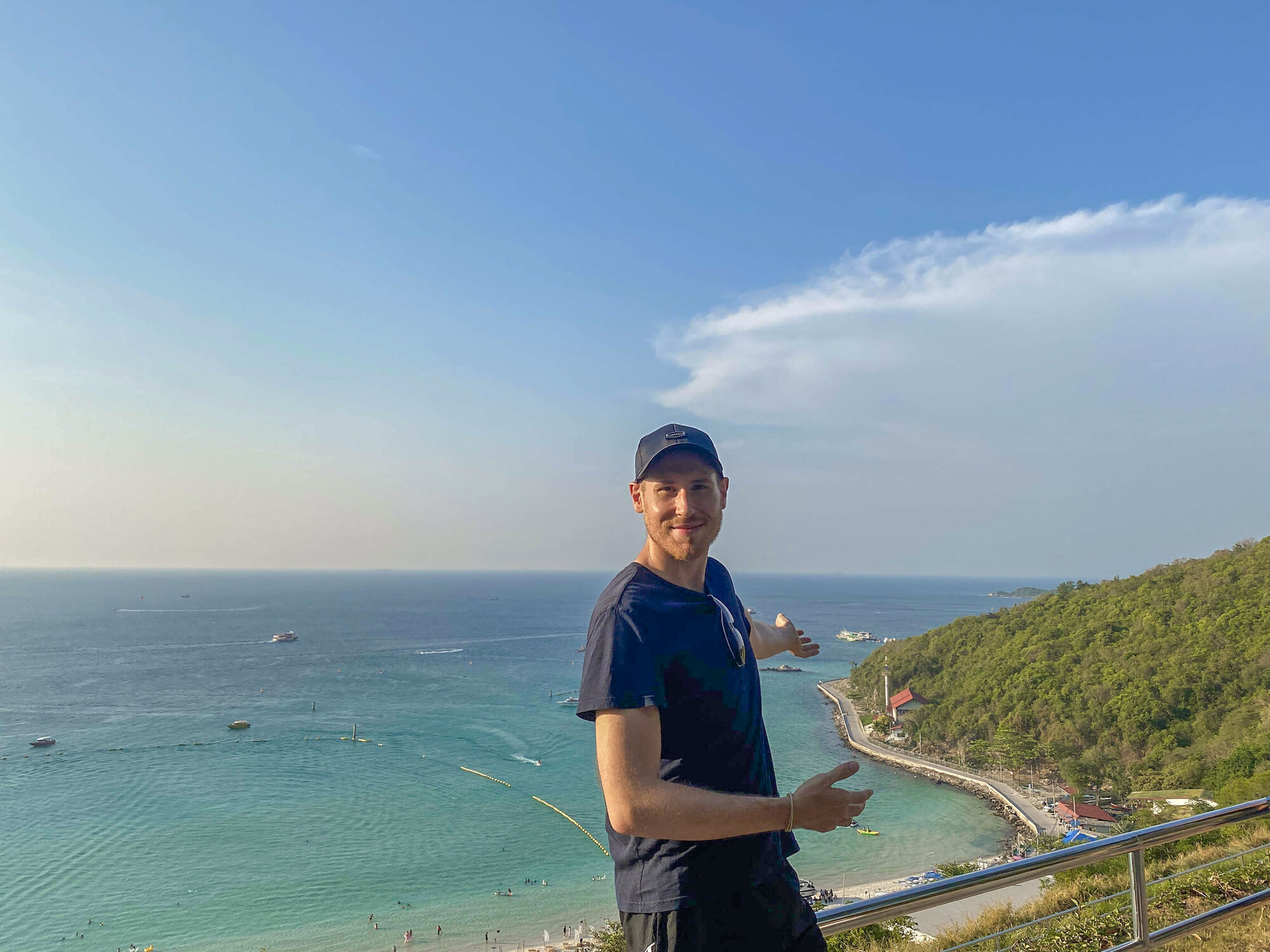In the heart of the city, the Da Nang Cham Museum stands as an important institution preserving the art and history of the Cham civilization.
Established in the early 20th century, it hosts the largest collection of Cham artifacts in Vietnam, showcasing the creativity and spiritual depth of this ancient culture.
It’s one of the most impressive and best museums to visit in town, and I’ll tell you everything about it in this comprehensive guide.

Table of Contents ⬇️
ToggleDa Nang Cham Museum: Summary
Let’s start this guide with the essentials you should know about Danang Museum of Cham Sculpture, from the opening times and entrance fees to its location and more.
Where is Da Nang’s Museum of Cham Sculptures?
The Museum of Cham Sculptures is located right in Da Nang city center in the Hai Chau district, at the intersection of Trung Nu Vuong and Bach Dang streets, not far from the central Han Market and right behind An Long Temple.
It’s hard to miss, sitting close to the Han River, making it a central landmark when visiting.
How to Get There?
Getting to the Cham Museum is straightforward. If you’re staying in the city center, a short taxi or bike ride will get you there in no time.
For a bit more adventure, consider renting a scooter and drive on your own. But please don’t drive in Vietnam if you have no experience.
Cham Museum Opening Hours & Entrance Fees
The museum is open daily from 7:30 AM to 5:00 PM, and until 5:30 PM on Thursdays, while the entrance fee is 60,000 VND per person, or about US$2.50.
This small fee grants you access to an extensive collection of Cham artifacts, making it a budget-friendly activity in Da Nang.
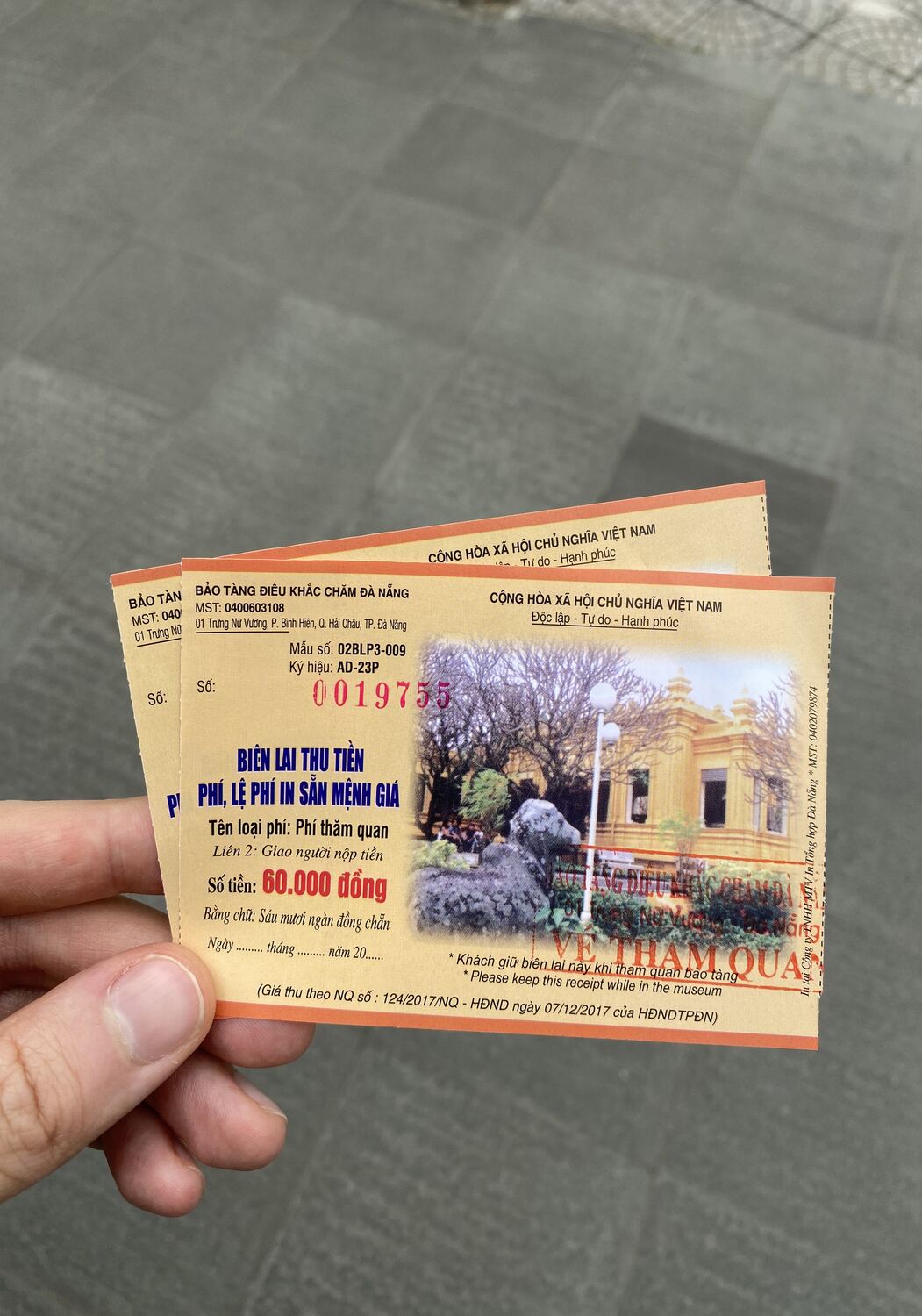
Is the Danang Museum of Cham Sculpture Worth it?
Absolutely. The Museum of Cham Sculpture is more than just a museum; it’s a gateway to understanding the rich history of the ancient Cham civilization.
The collection is impressive, ranging from intricate sculptures to ancient artifacts, all telling the story of a vibrant culture that once thrived in this region. And if you plan to visit My Son Sanctuary, this is a great introduction to the Champa Kingdom.
Do You Need a Guide to Visit?
No, you don’t need a tour guide, although many visitors had one when I was there. The Danang Museum of Cham Sculpture has a free guide, that you can read or listen to by connecting to their WiFi.
It’s a nice addition to the visit, so you can take your time and go through all the artifacts from the ancient Cham temples. The audio guide is available in 3 languages, English, French, and Vietnamese.
How Long to Visit the Museum of Cham Sculpture?
You can expect to spend about 2 hours inside the museum, visiting all the exhibitions and learning about the ancient civilization.
It’s the perfect place to see after the Han Market and take photos of the Dragon Bridge in the distance.
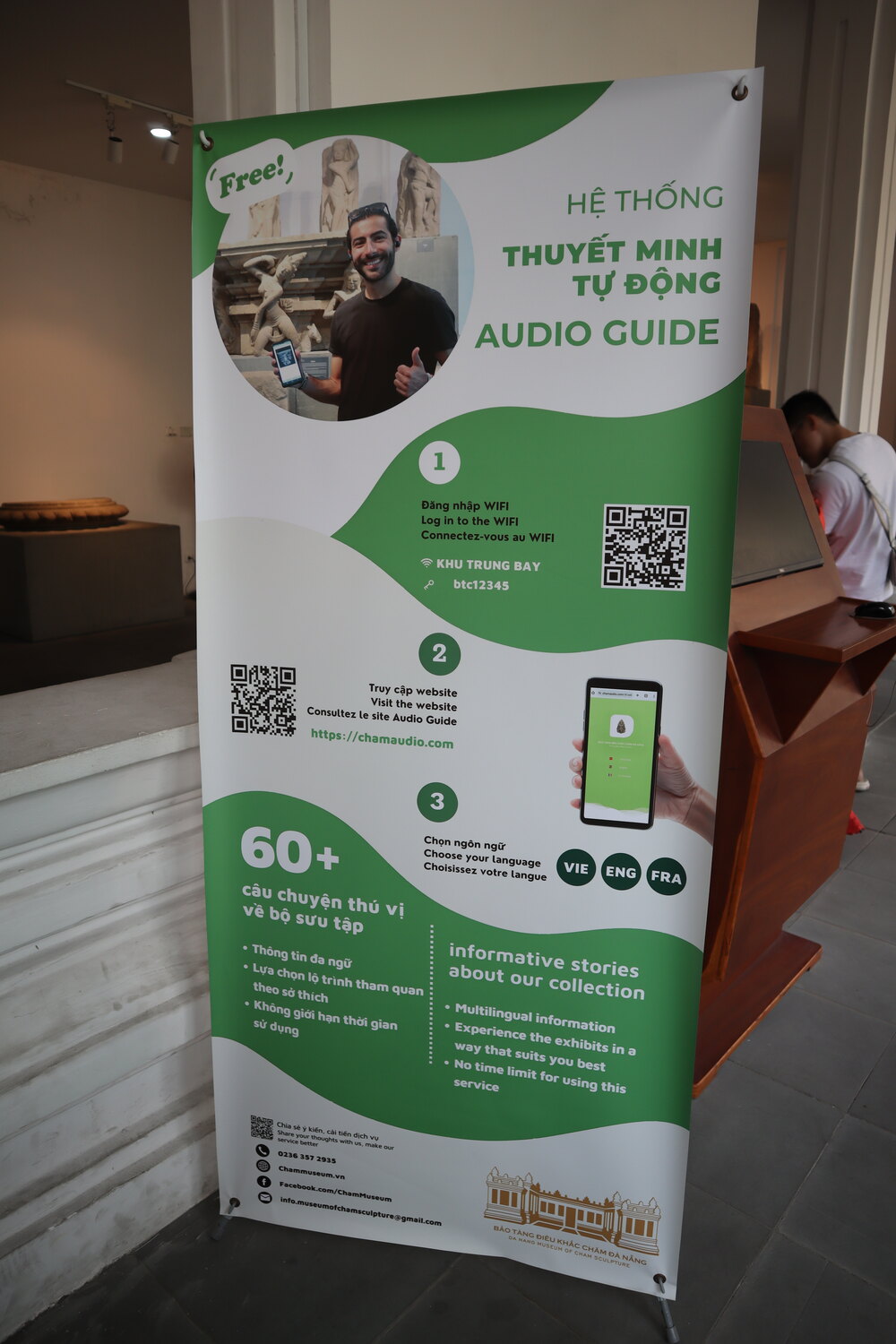
History of Danang Museum of Cham Sculpture
The Da Nang Museum of Cham Sculpture has its roots stretching back to the late 19th century when French archaeologists from the French School of the Far East (Ecole Francaise D’Extreme Orient – EFEO), began collecting Cham artifacts found in Da Nang and nearby provinces.
Initially housed at Tourane Park, the collection led to the construction of the museum’s first building in 1919, designed with Cham architectural elements by two French architects Delaval and Auclair (inspired by Henri Parmentier, who discovered My Son Sanctuary near Hoi An ancient town), following a project initiated by EFEO in 1902.
Over the years, the museum expanded to accommodate growing collections of cultural and religious values, including a significant extension in the 1930s and another in 2002.
A comprehensive renovation was completed in 2016, which is the exhibition you can see today, making it beautiful and so unique for educational spaces.
Today, you can learn about the Cham people, and the site serves as both a research center and the world’s largest collection of Champa sculpture to see while visiting Da Nang for a few days, and I think you shouldn’t miss it when coming to Southeast Asia.
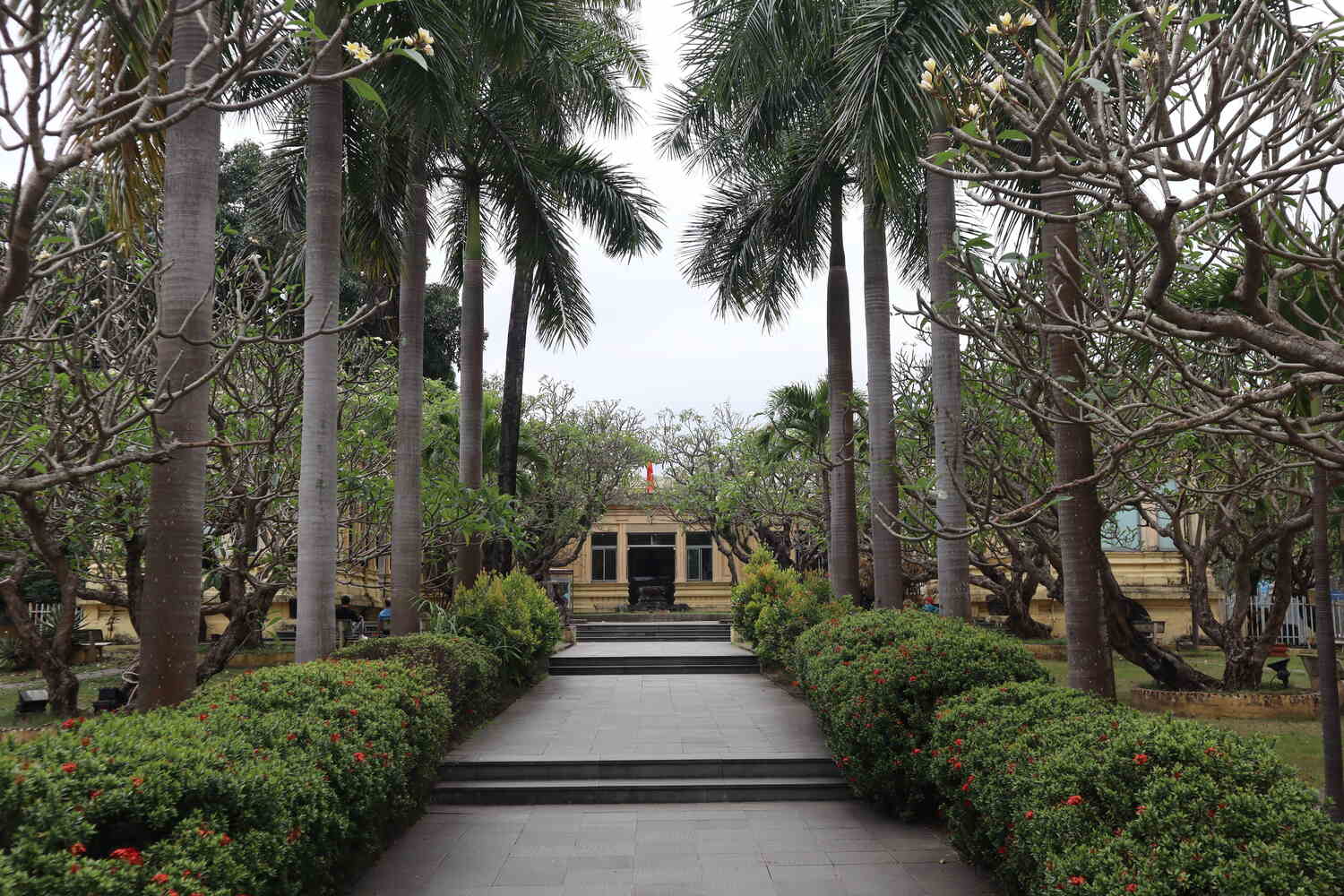
What to Expect at Da Nang Cham Museum?
When you visit the present museum, you’re in for a treat. You’ll see countless interesting stone sculptures, each telling its own story from a civilization that flourished from the 4th to the 14th centuries.
You’ll see Buddhist gods, goddesses, mythical animals, and scenes from Hindu and Buddhist mythology, all carved with incredible skill.
However, the museum isn’t just about looking at religious images, as there are artifacts about the history of the Cham people, offering insights into their daily life and artistic achievements.
Each hall is dedicated to artifacts from different regions of the Cham empire, like My Son, Tra Kieu, and Dong Duong, giving you a geographical context to their artistry.
There are 3 floors to visit, and I’ll go through each of the various exhibition rooms here below so you know what to expect.
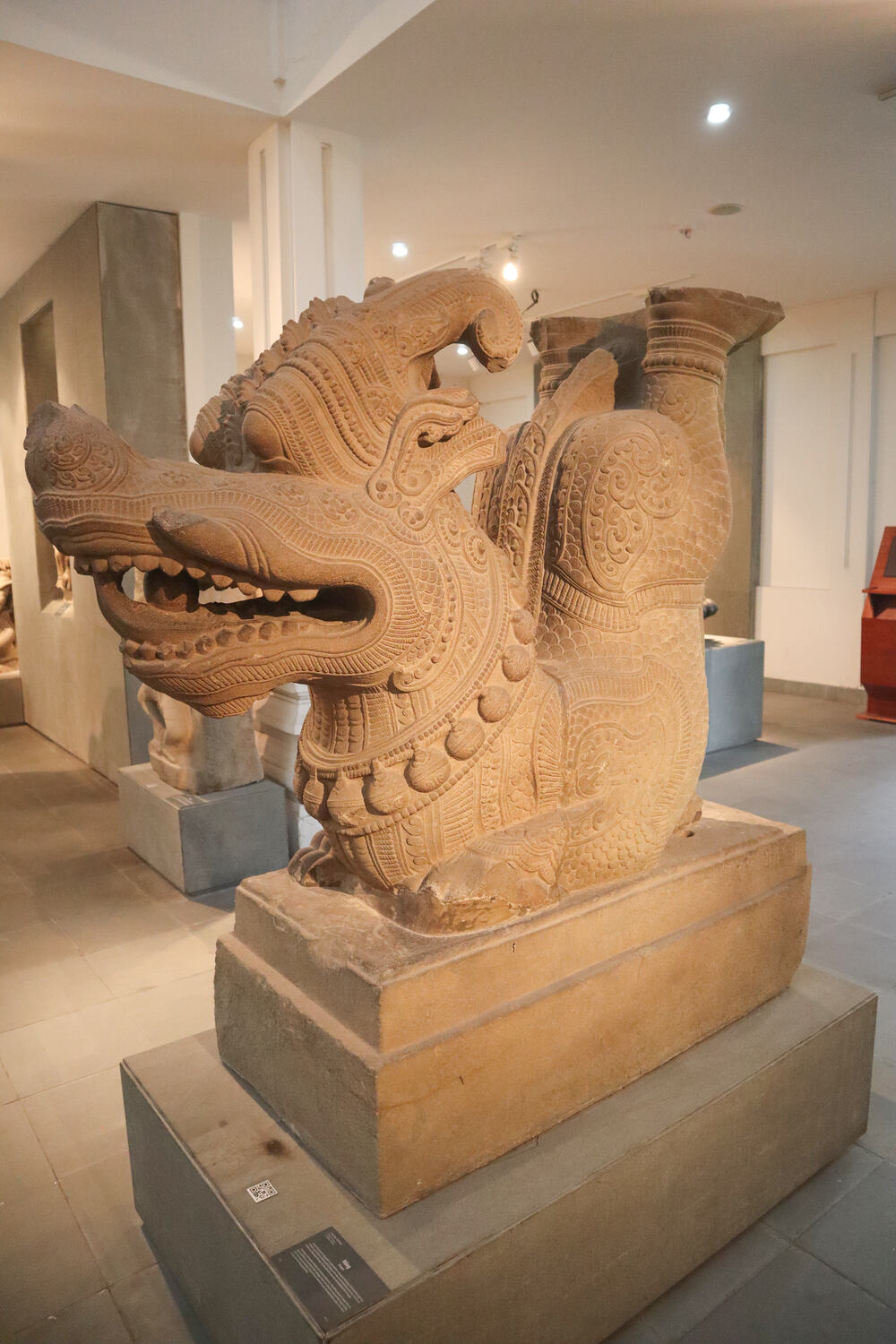
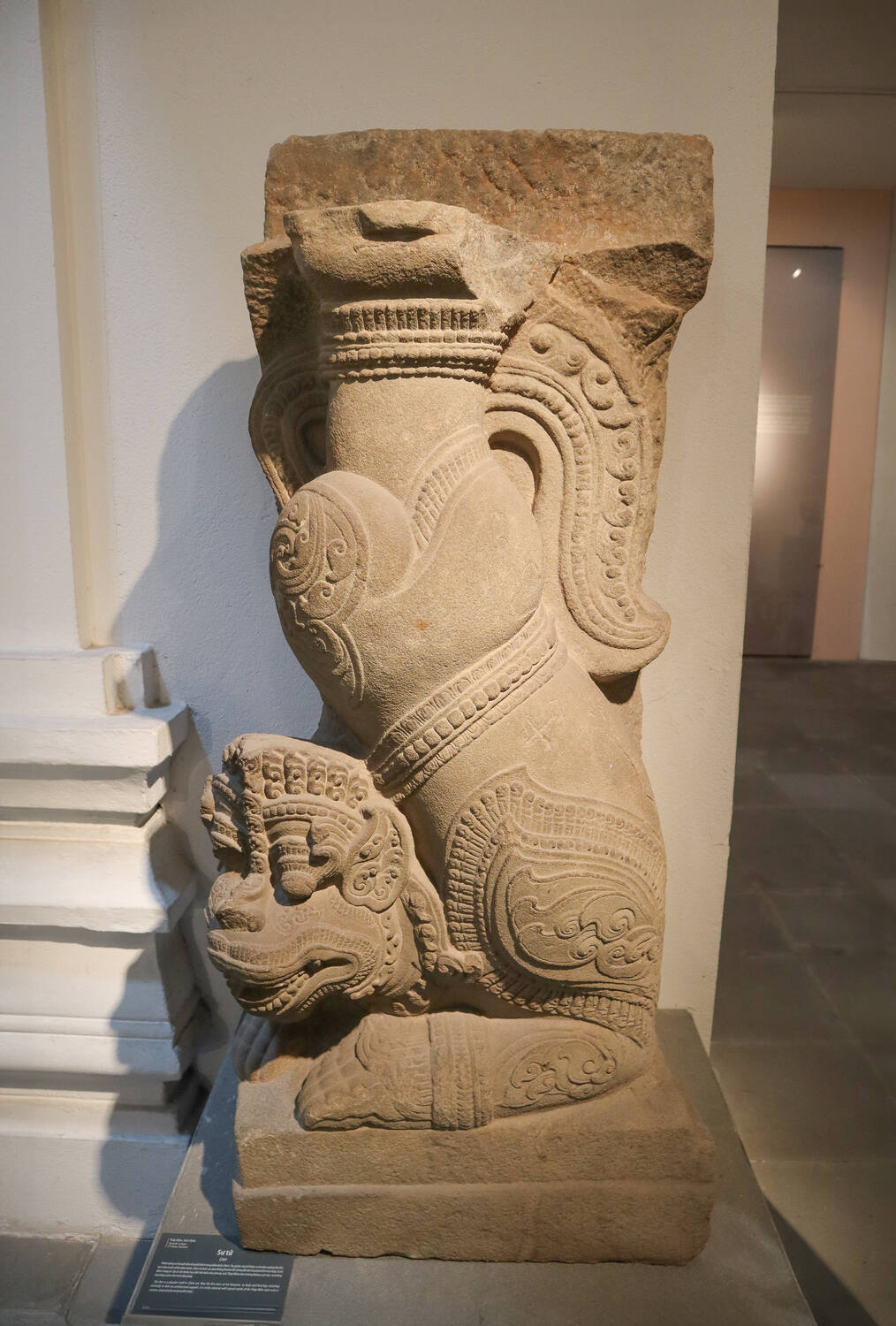

Ground Floor
The ground floor of the Da Nang Museum of Cham Sculpture is where you’re greeted with the museum’s permanent exhibition, showcasing the core of Cham artistry and culture through various galleries.
Here, you’ll find the Tra Kieu Gallery, My Son Gallery, and Dong Duong Gallery, each named after the significant archaeological sites where the artifacts were discovered.
This floor stands out for its incredible sculptures that are not only significant historically but are also in remarkably good condition. Some of them date back to the 10th and 11th centuries, which is impressive.
There are informative signs in English, providing context and background to make the visit as interesting as it gets.
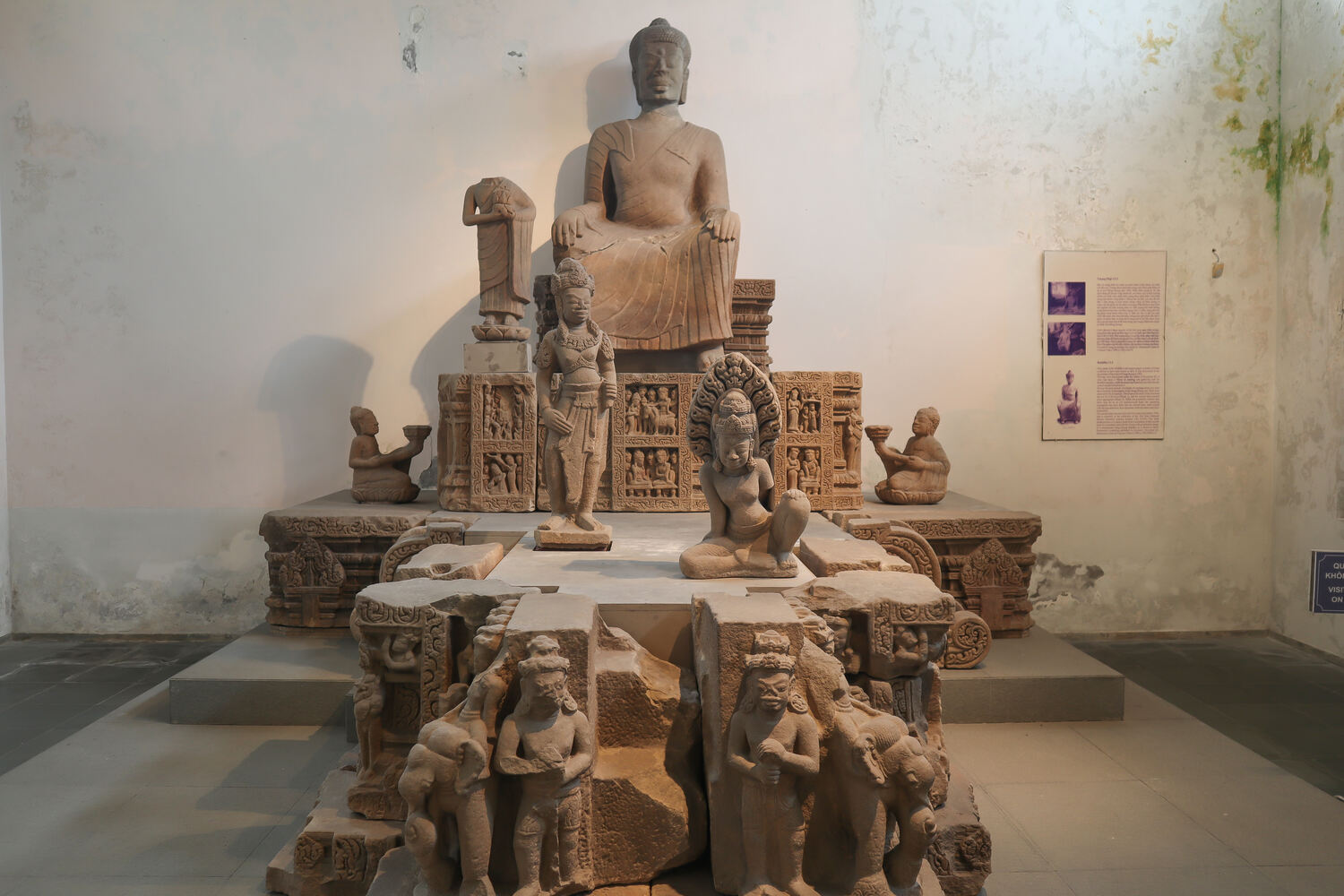
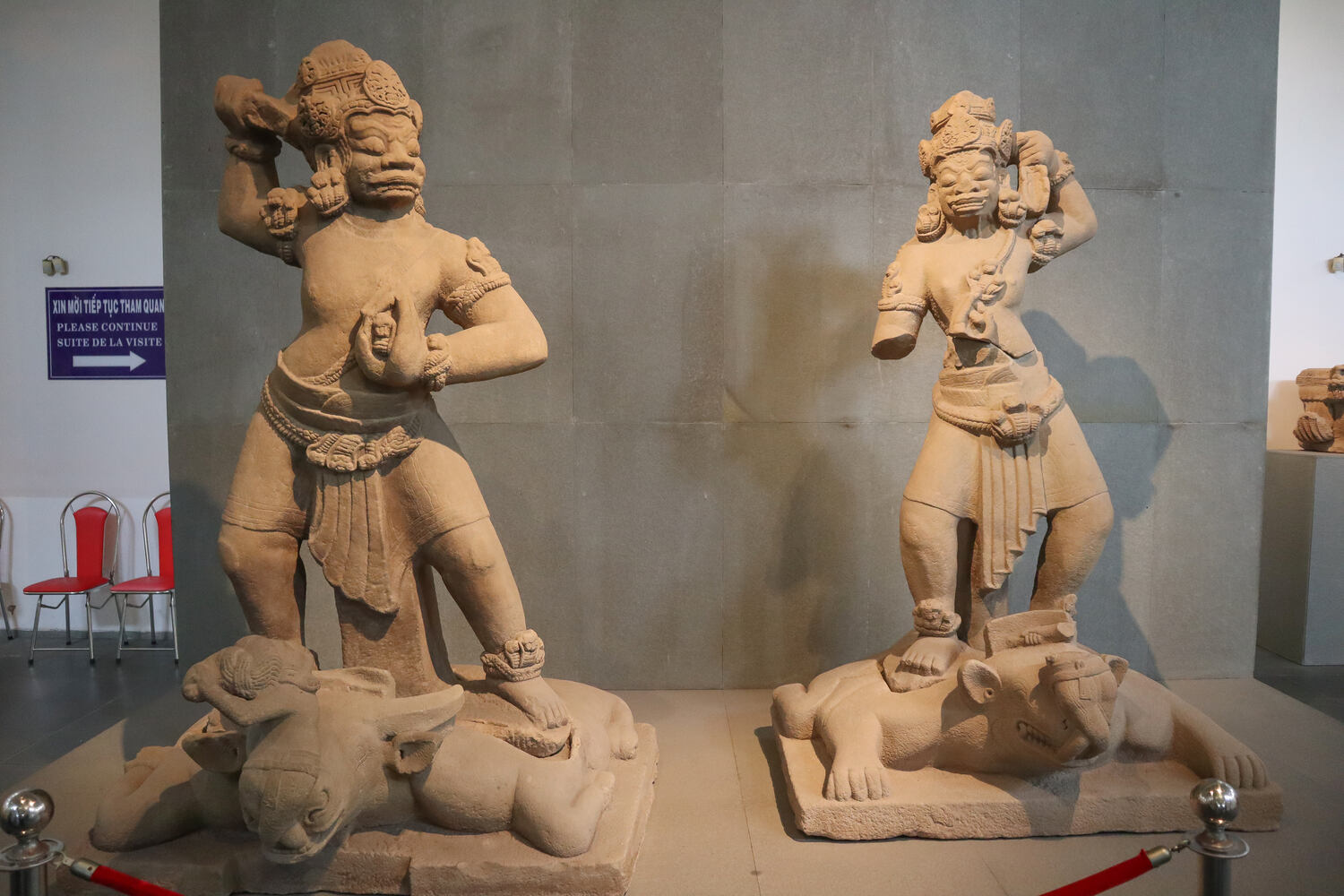
First Floor
After seeing the ground floor, you’ll want to take the stairs and get to the first floor to learn about Cham culture.
The first floor of the museum takes a slightly different approach, focusing on temporary exhibitions that cover the daily lives, culture, and society of the Champa people.
These exhibitions offer insights into the clothing, agricultural tools, and other aspects of day-to-day life in the ancient Cham society.
By showcasing these elements, the first floor provides a fuller picture of the Cham people, not just as sculptures and original architecture but as a community with rich traditions in the central region of Vietnam.
This floor is ideal for having a more personal connection with the people behind the artifacts, and I personally loved it.
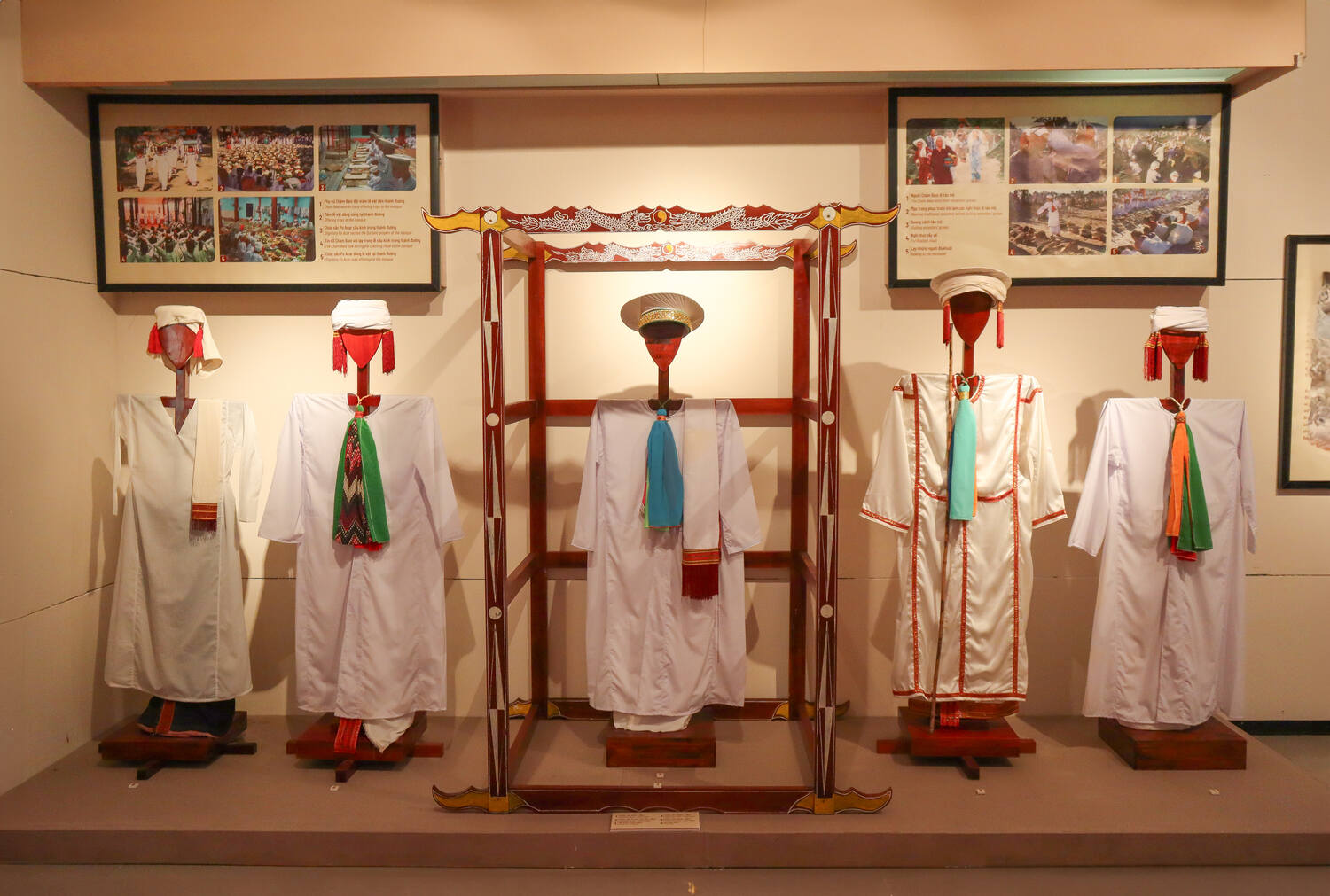
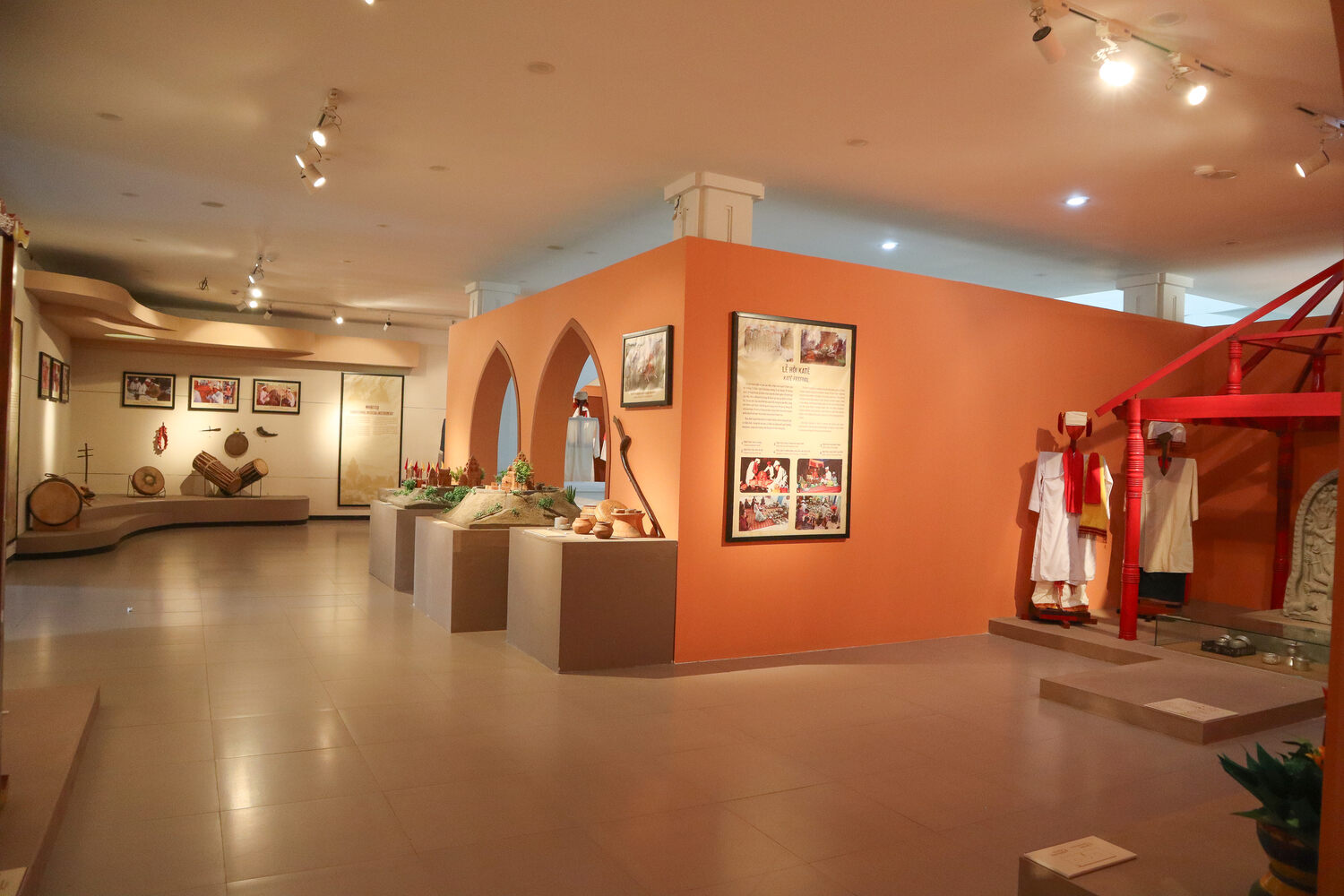
Basement
The basement is where you should continue your visit, and it’s filled with galleries dedicated to specific regions and themes, including the Thap Mam Gallery, Quang Binh Gallery, the Da Nang Gallery, Binh Dinh Gallery, and the Gallery of Inscriptions.
This floor offers an immersive journey through the geographic and thematic diversity of Cham sculpture. The artifacts here, exceptionally well-preserved, provide a deeper understanding of the influence of the Cham civilization across regions.
The basement, with its comprehensive display, is particularly intriguing for those keen on exploring the regional differences within Cham art and history.
You can exit the museum from here and you’ll have a small garden with an ice cream stall and drinks, which is convenient.
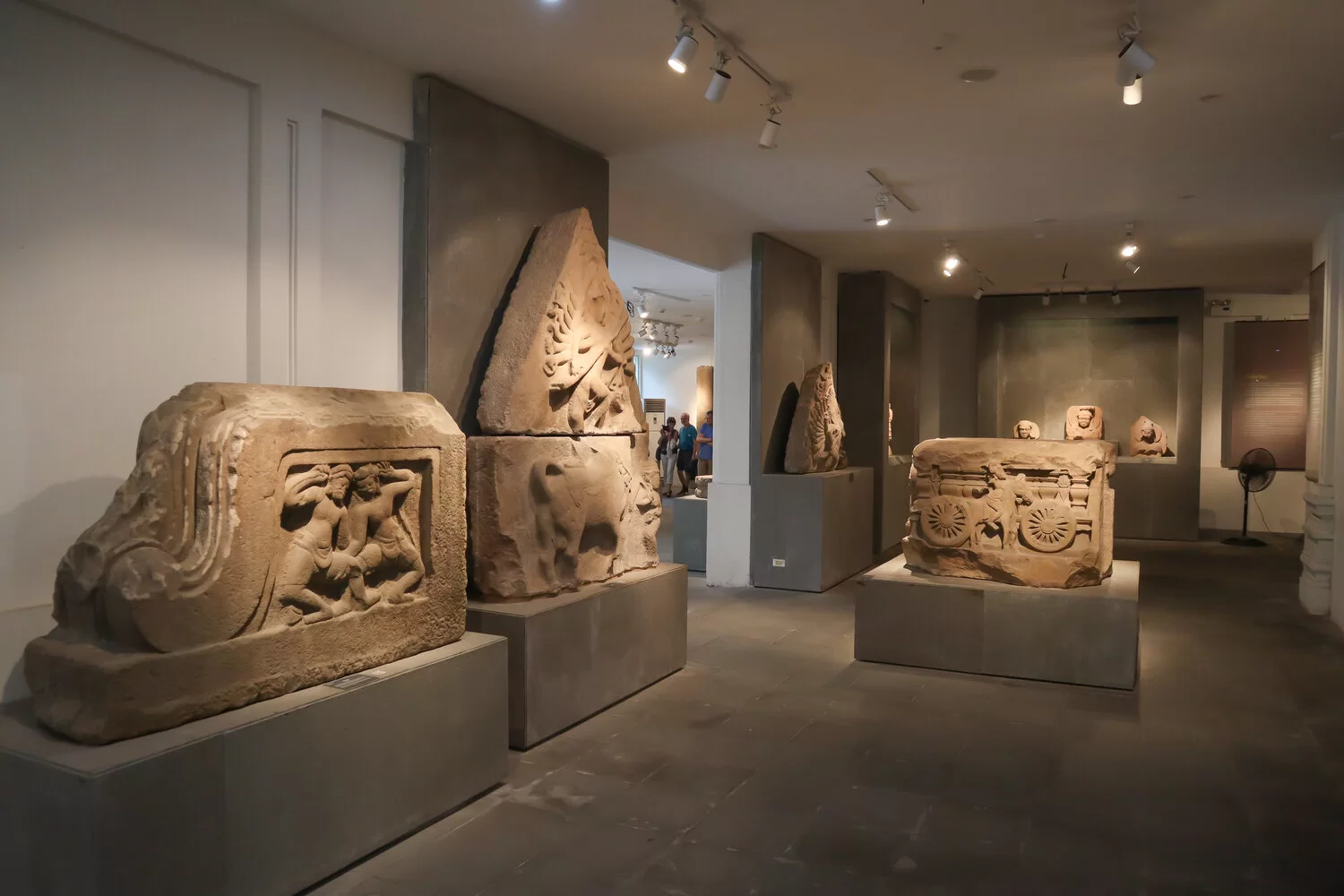
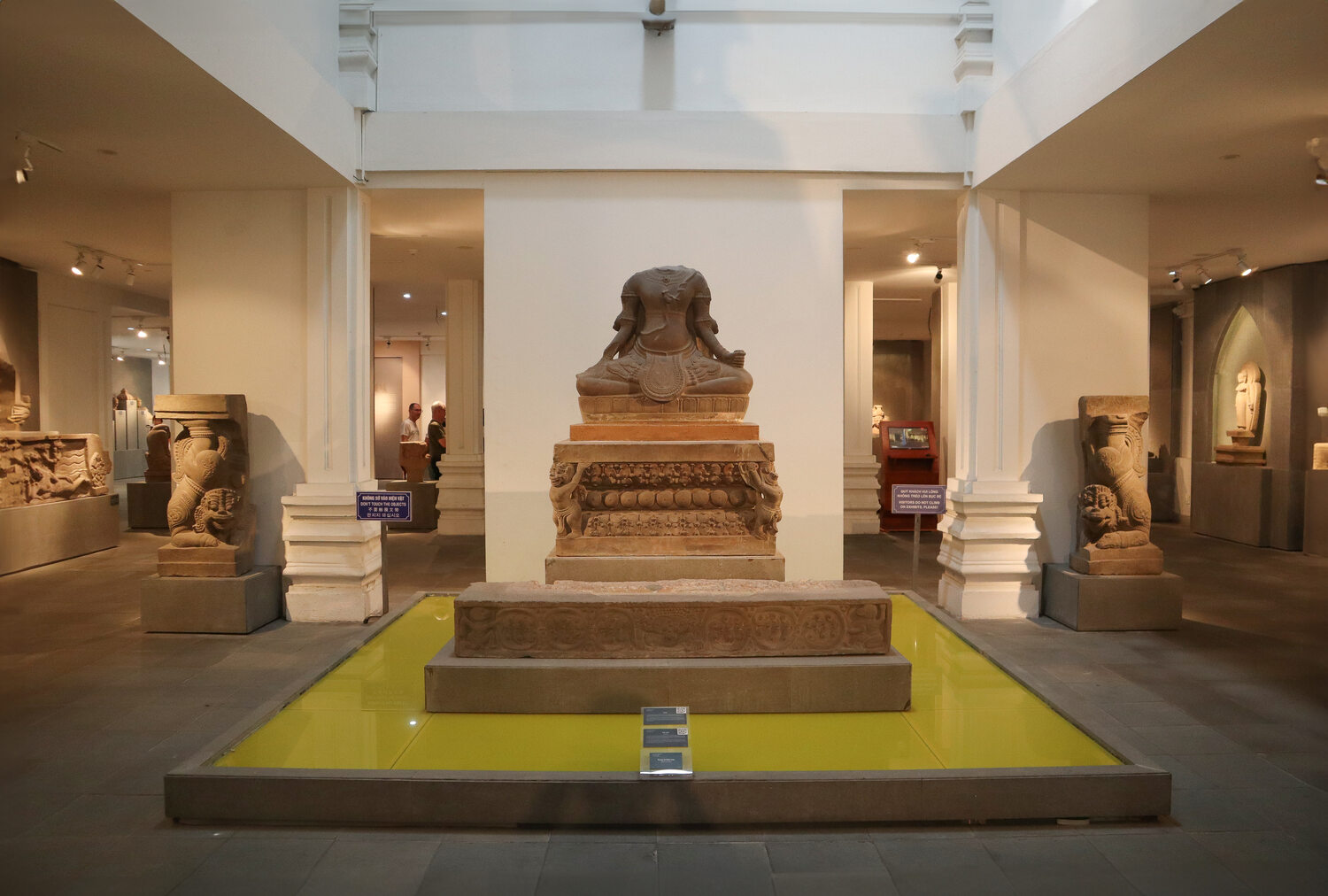
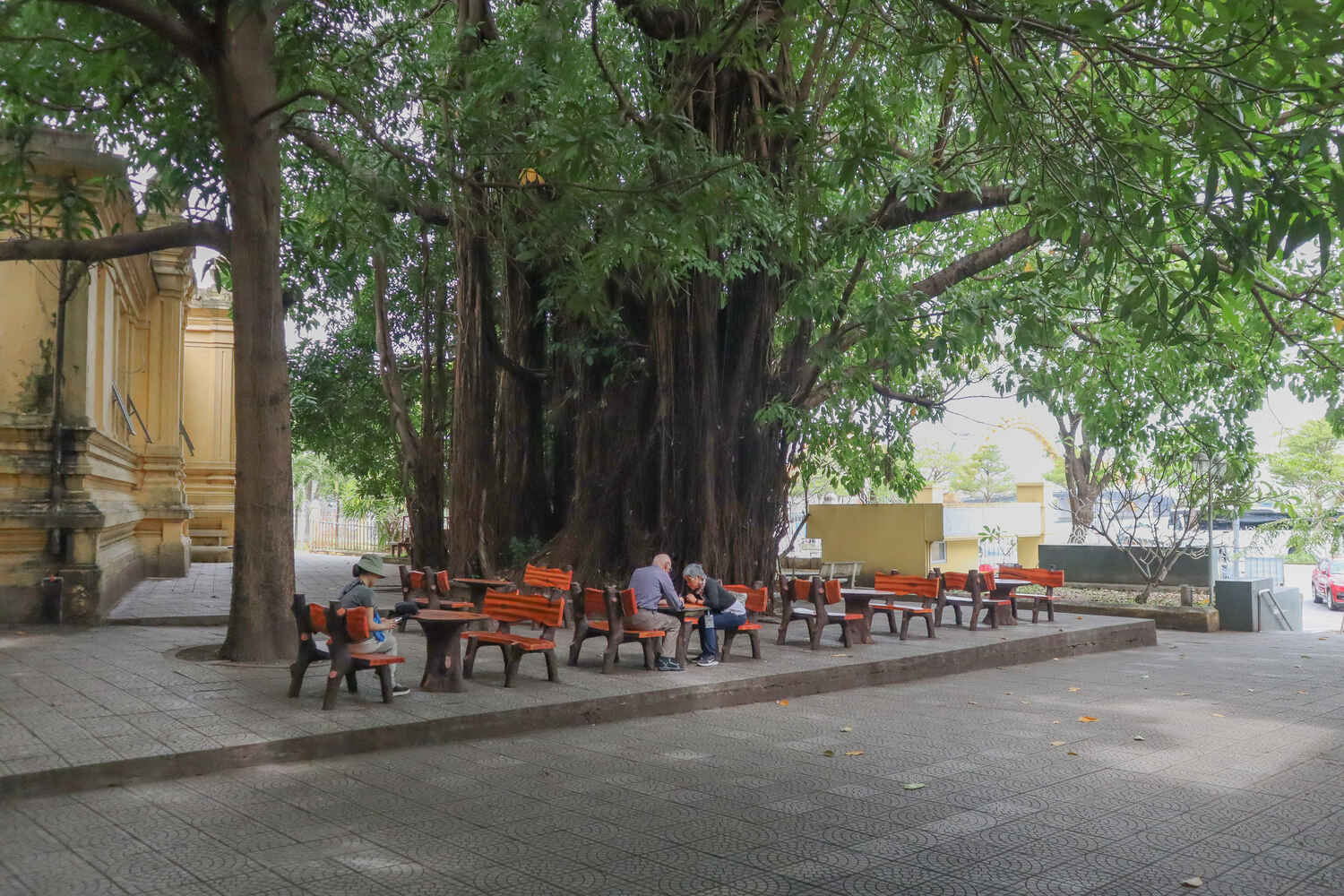
Final Thoughts – Museum of Cham Sculpture in Da Nang
The Da Nang Museum of Cham Sculpture serves as a crucial link to understanding Vietnam’s historical and cultural landscape, highlighting the significant contributions of the Cham civilization.
Across its various levels, the museum provides a detailed look into the artistic finesse and daily existence of the Cham people through its extensive and well-preserved collection.
To conclude, it’s one of the best places to visit, and I’m confident you’ll love your time in the museum!



